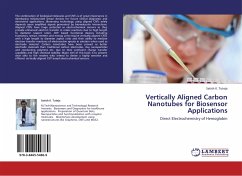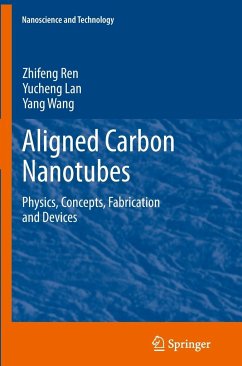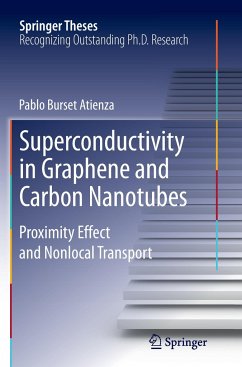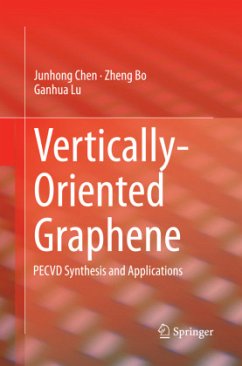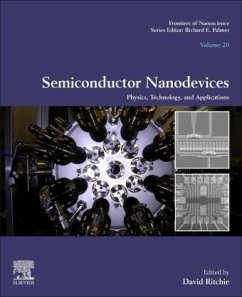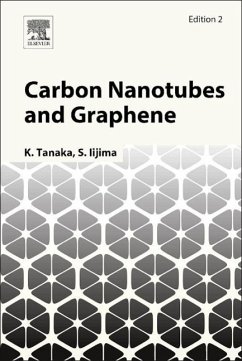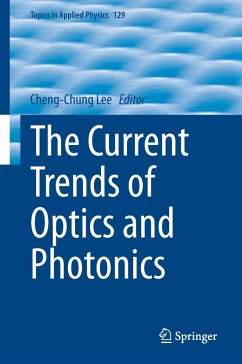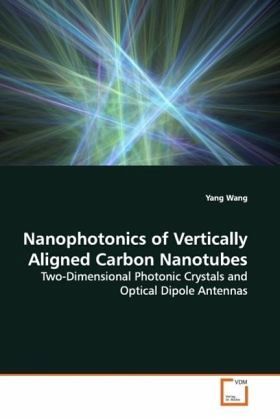
Nanophotonics of Vertically Aligned Carbon Nanotubes
Two-Dimensional Photonic Crystals and Optical Dipole Antennas
Versandkostenfrei!
Versandfertig in 6-10 Tagen
39,99 €
inkl. MwSt.

PAYBACK Punkte
20 °P sammeln!
"The work by Wang et al. suggests a host ofapplications in optoelectronics, for exampleinfrared polarizers or polarization detectors,using arrays in which the MWCNTs have arange of lengths, and wavelength-specificdetectors, for which the MWCNTs are fabricatedto all have the same desired length.MWCNTs are preferable to SWCNTs for theirelectrical metallicity and greater mechanicalrobustness, and their random spacing in thearrays suppresses interference effects.The preparation of the MWCNT arrayscould easily be extended to a high-throughputprocess with the use of establishedtechnology. Over the d...
"The work by Wang et al. suggests a host of
applications in optoelectronics, for example
infrared polarizers or polarization detectors,
using arrays in which the MWCNTs have a
range of lengths, and wavelength-specific
detectors, for which the MWCNTs are fabricated
to all have the same desired length.
MWCNTs are preferable to SWCNTs for their
electrical metallicity and greater mechanical
robustness, and their random spacing in the
arrays suppresses interference effects.
The preparation of the MWCNT arrays
could easily be extended to a high-throughput
process with the use of established
technology. Over the decade-long history of
carbon nanotubes there has been substantial
investment by the private sector in nanotube
research and development: the technology
devised by Wang et al. may well spawn
optoelectronic applications of considerable
commercial significance."
--M. S. Dresselhaus, Nature 432, 959 (2004)
applications in optoelectronics, for example
infrared polarizers or polarization detectors,
using arrays in which the MWCNTs have a
range of lengths, and wavelength-specific
detectors, for which the MWCNTs are fabricated
to all have the same desired length.
MWCNTs are preferable to SWCNTs for their
electrical metallicity and greater mechanical
robustness, and their random spacing in the
arrays suppresses interference effects.
The preparation of the MWCNT arrays
could easily be extended to a high-throughput
process with the use of established
technology. Over the decade-long history of
carbon nanotubes there has been substantial
investment by the private sector in nanotube
research and development: the technology
devised by Wang et al. may well spawn
optoelectronic applications of considerable
commercial significance."
--M. S. Dresselhaus, Nature 432, 959 (2004)



